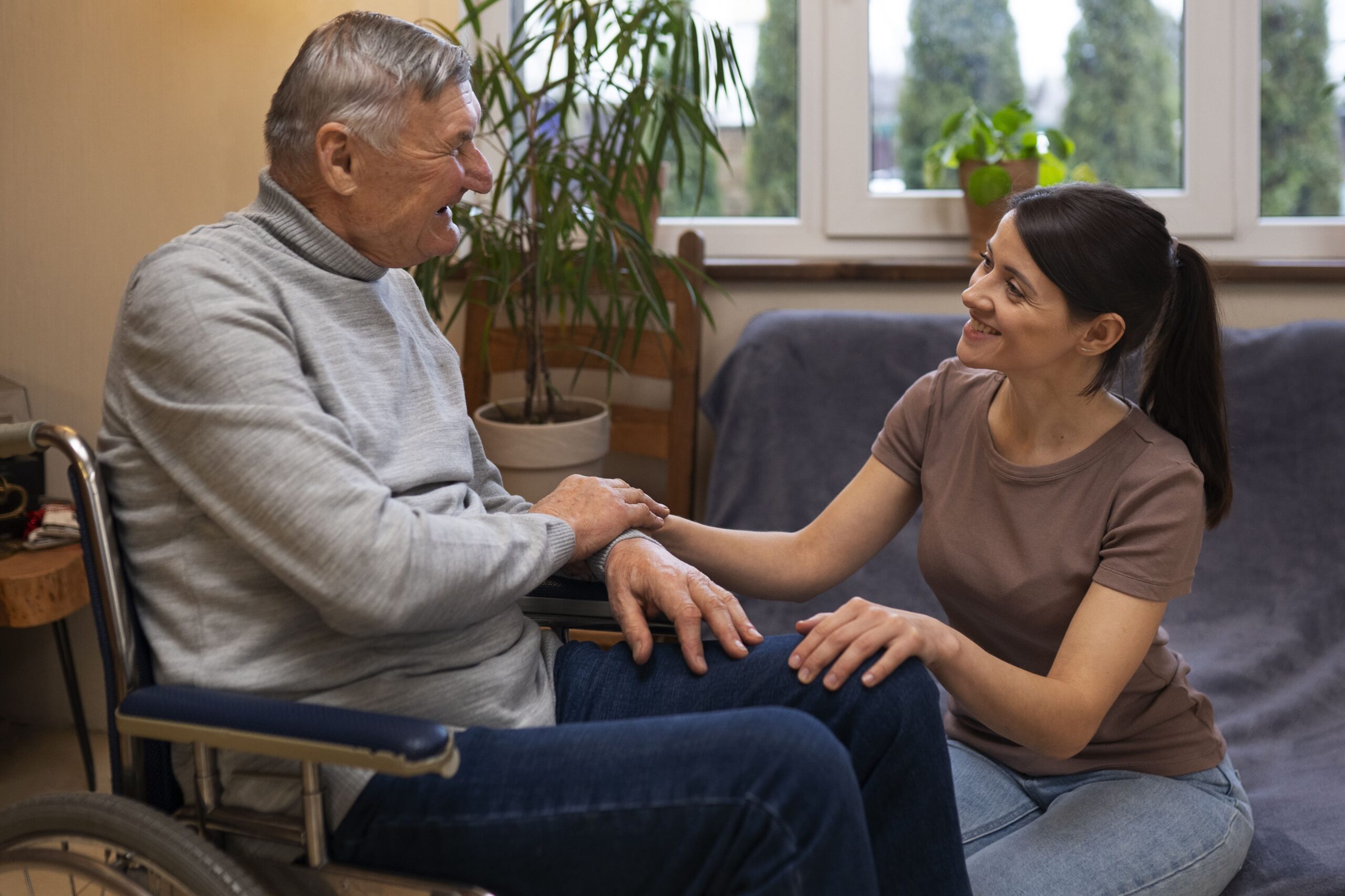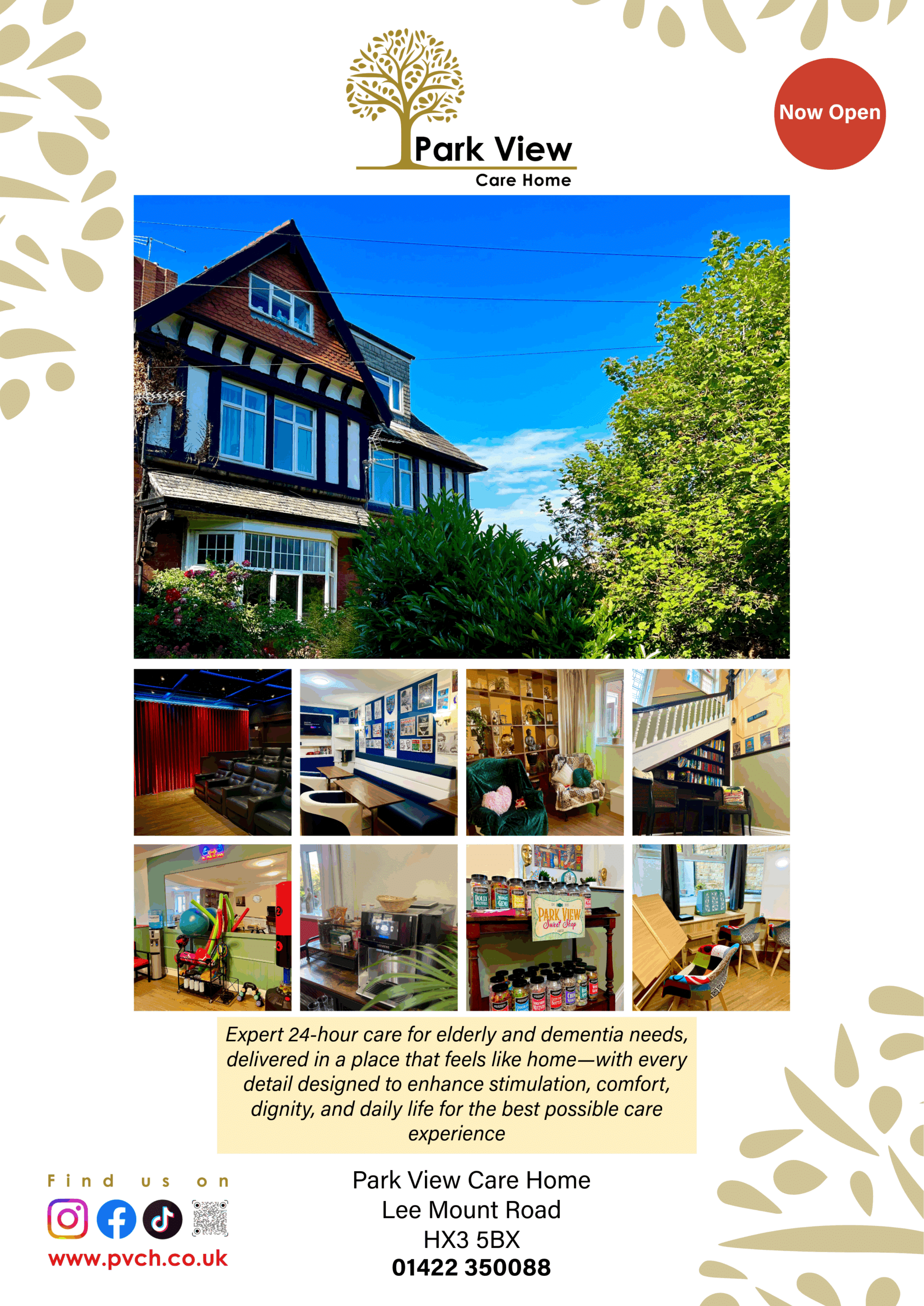13th October 2025
Creating a Safe and Stimulating Environment for Dementia Patients
Creating a Safe and Stimulating Environment for Dementia Patients
For individuals living with dementia, the environment around them plays a vital role in shaping their daily experience, mood, and overall wellbeing. A thoughtfully designed space can reduce confusion, prevent accidents, and encourage independence and engagement.
At the heart of quality dementia care is the commitment to providing both safety and stimulation—a balance that promotes comfort while nurturing mental and emotional health. In this article, we’ll explore how dementia homes create secure, supportive, and enriching spaces that help residents live with dignity and joy.
Why Environment Matters in Dementia Care
Dementia affects memory, perception, and judgment, often making familiar surroundings feel confusing or overwhelming. Simple environmental factors—like lighting, layout, or noise—can greatly impact how a person feels and behaves.
A well-designed dementia home can:
- Reduce agitation, anxiety, and confusion
- Support orientation and independence
- Encourage social interaction and activity
- Prevent falls and other safety hazards
- Foster a sense of calm, security, and familiarity
In short, the environment becomes a form of therapy itself—supporting cognitive function and emotional stability in everyday life.
Key Principles of a Safe Dementia Environment
Creating a safe yet homely setting for dementia patients requires careful planning and understanding of their unique needs. Here are some key principles followed in specialized memory care homes like Park View Care Home:
1. Safety First
Safety is always the foundation of dementia care. Since individuals with dementia may wander or forget potential dangers, preventive design is essential.
Safety features include:
- Non-slip flooring to prevent falls
- Secured exits and alarmed doors to prevent unsafe wandering
- Good lighting to reduce shadows and visual confusion
- Rounded furniture edges to minimize injury
- Clearly marked pathways and accessible handrails
Every design element contributes to minimizing risks while promoting confidence and mobility.
2. Familiarity and Comfort
Familiar environments help residents recognize and connect with their surroundings. This reduces anxiety and provides emotional reassurance.
Ways to promote familiarity:
- Use of personal items and family photos in bedrooms
- Home-like décor with soft colors and warm lighting
- Familiar furniture layouts and personal keepsakes
- Consistent routines that build a sense of predictability
This combination of comfort and familiarity helps individuals feel “at home,” even within a care setting.
3. Clear Orientation Aids
Disorientation is common in dementia, making visual cues and signage essential.
Effective orientation strategies include:
- Color-coded zones to help with navigation
- Pictures or symbols on room doors
- Memory walls or life-story displays
- Clearly visible clocks and calendars
These small but powerful design choices help residents maintain a sense of control and awareness.
The Role of Stimulation in Dementia Care
While safety is crucial, mental stimulation is equally important for promoting elderly wellbeing and slowing cognitive decline. A stimulating environment encourages participation, communication, and creativity.
1. Sensory Stimulation
Sensory activities awaken the senses and evoke positive memories.
Examples include:
- Music therapy to trigger emotions and recall familiar tunes
- Aromatherapy with calming scents like lavender or rosemary
- Tactile objects like soft fabrics, textured cushions, or fidget blankets
- Nature sounds and visuals to promote relaxation
These sensory experiences can improve mood, reduce stress, and spark joy even in advanced dementia stages.
2. Physical and Cognitive Activities
Movement and mental engagement are vital for maintaining physical and emotional health.
Care homes often organize:
- Gentle exercises or yoga for flexibility and balance
- Gardening and outdoor walks for fresh air and activity
- Art, puzzles, and crafts to boost focus and creativity
- Reminiscence sessions using photos, music, and storytelling
These activities enhance memory care, build confidence, and encourage social interaction.
3. Social Interaction and Emotional Engagement
Social connection combats loneliness and fosters belonging. At dementia homes, group activities like sing-alongs, games, or communal meals help residents bond and communicate.
Compassionate staff also play a key role, offering empathy, reassurance, and companionship, which are just as important as medical care.
Designing Dementia-Friendly Spaces: A Room-by-Room Approach
Let’s explore how care homes create safe, welcoming environments across different spaces:
Bedrooms
- Personalized décor with family photos and favorite colors
- Adjustable lighting for day-night comfort
- Soft bedding and uncluttered layouts for safety
Living Areas
- Open spaces that encourage interaction
- Calm color schemes and comfortable seating
- Access to books, puzzles, and music
Dining Rooms
- Clearly defined meal areas with contrasting tableware
- Familiar aromas to stimulate appetite
- Gentle background music to create a relaxed dining experience
Outdoor Spaces
- Secure gardens and walking paths
- Raised flower beds for gardening activities
- Shaded seating for rest and reflection
These design elements ensure residents enjoy both security and stimulation, promoting independence in a supervised setting.
Emotional Safety: The Heart of Dementia Care
A safe environment goes beyond physical features—it’s about emotional safety, too. People with dementia thrive in settings where they feel understood, respected, and valued.
At Park View Care Home, staff are trained to:
- Use positive body language and gentle communication
- Offer reassurance during confusion or distress
- Encourage residents to make small daily choices
- Celebrate individual achievements, no matter how small
These practices build trust, self-esteem, and emotional stability, turning the care home into a place of warmth and belonging.
The Importance of Staff Training in Dementia Safety
Even the most well-designed environment depends on skilled caregivers who understand dementia behaviors. Staff training ensures every team member knows how to:
- Identify and prevent potential hazards
- Respond calmly to wandering or agitation
- Communicate effectively with empathy
- Maintain dignity while assisting with personal care
At Park View, dementia care is more than a service—it’s a shared commitment to safety, compassion, and respect.
Balancing Safety and Independence
A common misconception is that safety means restriction. However, the best dementia homes focus on enabling residents—not limiting them.
Through thoughtful design and supportive care, individuals are encouraged to:
- Move freely within secure spaces
- Participate in everyday routines
- Enjoy nature and social gatherings
- Make choices that enhance their sense of self
This approach nurtures independence, purpose, and dignity, even as memory challenges progress.
Final Thoughts: Building a Better Tomorrow for Dementia Care
Creating a safe and stimulating environment for dementia patients requires more than physical design—it demands understanding, compassion, and innovation.
At Park View Care Home, we integrate safety with warmth, structure with creativity, and care with respect. Every corner of our home is designed to ensure residents feel secure, comfortable, and fulfilled.
Discover Exceptional Dementia Care Today
Looking for a dementia home that prioritizes both safety and stimulation?
Contact Park View Care Home today to learn how our dedicated team and thoughtfully designed spaces can support your loved one’s memory care and elderly wellbeing.
Let us help create a brighter, safer, and more meaningful tomorrow.





